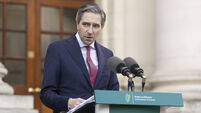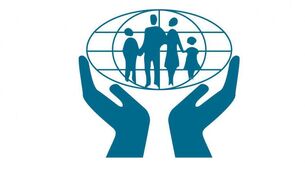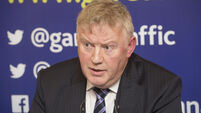Jim Power: Irish house price inflation is the big downside of low interest rates

One major problem for Ireland caused by persistent low interest rates is that they fuel house price inflation.
ONE of the more interesting debates and uncertainties in relation to the hopefully approaching post-pandemic world is the future path of interest rates and inflation.
As the pandemic hit back in March 2020, central bankers moved aggressively with interest rates and quantitative easing to inject as much monetary policy stimulus as possible into the global economy. At the same time, governments almost everywhere applied aggressive fiscal policy stimulus through a combination of tax cuts and expenditure increases to varying degrees.











